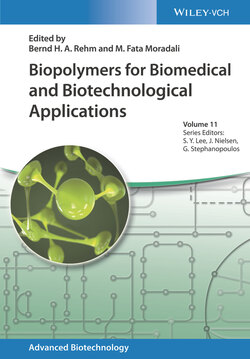Читать книгу Biopolymers for Biomedical and Biotechnological Applications - Группа авторов - Страница 19
1.5 Conclusion
ОглавлениеBiopolymers occupy a unique and advantageous space as a medical device material. Devices made from these naturally occurring or biomimetic substances have the distinct advantage that the material itself is akin to those tissues the device contacts. From a bulk perspective, there is no concern regarding the material as a foreign body. Biopolymers also have environmental and manufacturing advantages as they are often produced not from petroleum derivatives but by living systems.
In contrast to the major advantages presented by biopolymers within the context of biocompatibility, there are a couple of key concerns that must be addressed. The natural origin of these materials does not mean that they are free from manufacturing residuals. Contact with solvents through manufacturing and purification steps can introduce contamination, as can contact with storage and primary packaging materials. Chemical analysis screening for these compounds can be complicated by the complex organic nature of the device material. Additionally, many biopolymers are degradable or resorbable by the body. While this is, in principle, a positive therapeutic effect, it can be difficult to prove that the safety of the device does not change over the degradation lifetime.
The pallet of materials afforded by biopolymers allows an even broader spectrum of medical devices with huge potential to help mankind. The biocompatibility principles discussed in this chapter can be applied to biopolymers to address concerns with regard to their safety. Use of thoughtful risk‐based testing strategies can conservatively mitigate risk, allowing more of these devices to reach full maturity in development and arrive on the market.
